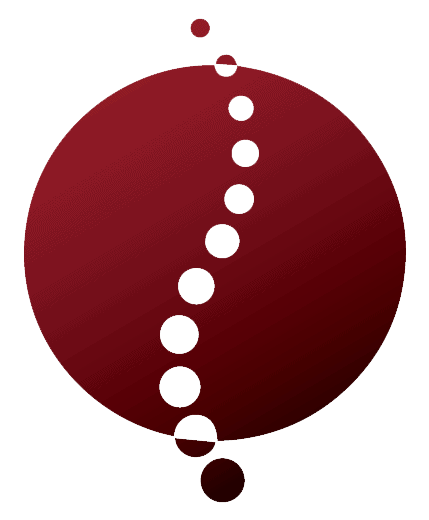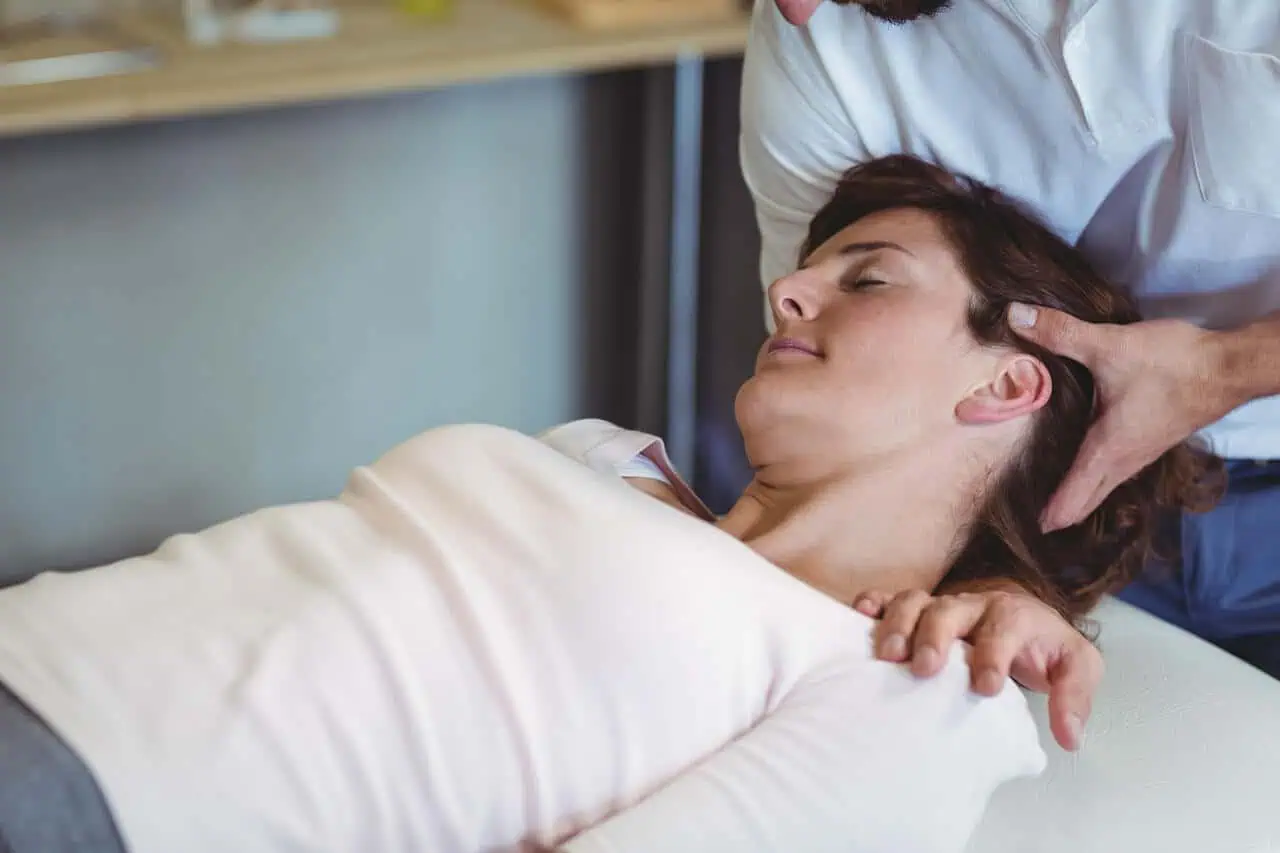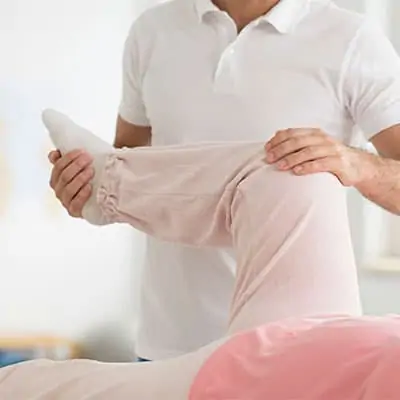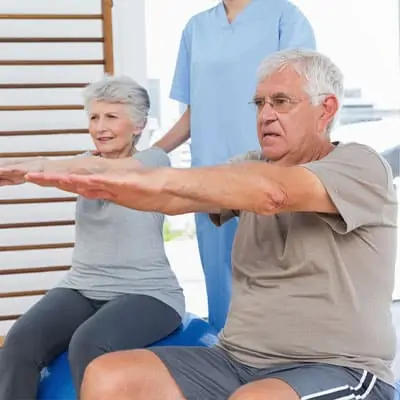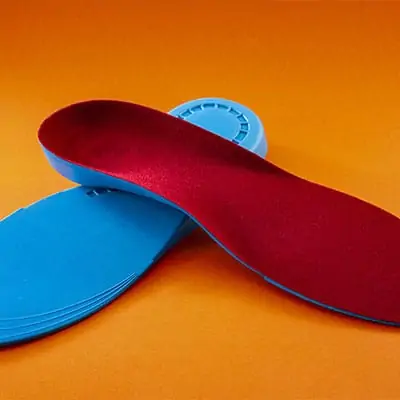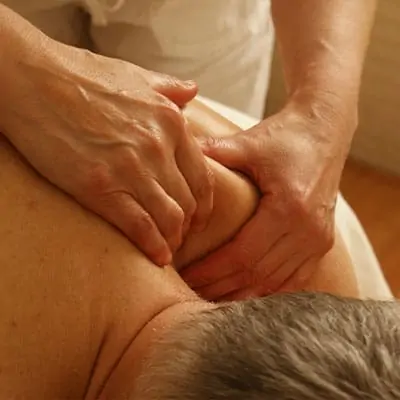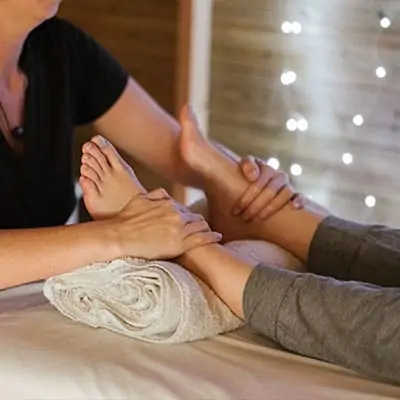Advanced Massage Therapy Techniques
Benefits of Advanced Massage Therapy
Advanced massage therapy techniques offer numerous benefits that can enhance your physical and mental well-being. These therapies are designed to target specific issues, helping to alleviate pain, reduce stress, and promote overall relaxation. Below are some key benefits you can expect:
| Benefit | Description |
|---|---|
| Pain Relief | Advanced techniques can effectively reduce chronic and acute pain, aiding in recovery from injuries. |
| Stress Reduction | These therapies help lower stress levels, promoting mental relaxation. |
| Improved Circulation | Massage techniques can enhance blood flow, facilitating the delivery of oxygen and nutrients to tissues. |
| Enhanced Flexibility | Targeted techniques improve range of motion and flexibility in muscles and joints. |
| Better Sleep Quality | Regular therapy can lead to improved sleep patterns and quality of rest. |
For more detailed insights into the advantages of various massage types, explore our article on massage therapy benefits.
Enhancing Your Well-being Through Advanced Techniques
Incorporating advanced massage therapy techniques into your routine can significantly improve your well-being. Each technique addresses unique bodily challenges and health concerns. Here are a few ways that these methods can enhance your overall health:
-
Therapeutic Relief: Advanced techniques such as deep tissue massage therapy are tailor-made for individuals experiencing muscle tension and discomfort.
-
Rehabilitation Support: Engage in rehabilitation massage therapy to assist recovery from injuries or postoperative conditions.
-
Targeted Treatment for Specific Conditions: If you suffer from conditions like plantar fasciitis or carpal tunnel syndrome, tailored massage can provide relief. Check out articles on massage therapy for plantar fasciitis and massage therapy for carpal tunnel syndrome for more information.
-
Enhanced Athletic Performance: Athletes can benefit from sports massage therapy to boost performance and prevent injuries.
-
Stress and Anxiety Management: Use techniques focused on mental wellness, such as those outlined in our article on massage therapy for anxiety, to cultivate a sense of calm and relaxation.
By understanding the benefits and implementing various advanced massage techniques, you can take proactive steps toward a healthier, more fulfilling life. Explore different types of massage therapy to find the method that aligns best with your needs.
Deep Tissue Massage
What is Deep Tissue Massage?
Deep tissue massage is a specialized technique focused on relieving tension in the deeper layers of muscles and connective tissues. It utilizes slow, deep strokes and pressure to target specific areas of muscle, helping to break down adhesions and knots. This form of massage is particularly beneficial for chronic pain and tightness, often caused by factors such as stress, injuries, or overuse.
Therapists trained in deep tissue massage use their fingers, hands, or forearms to apply pressure while you remain relaxed. This technique may sometimes be uncomfortable, but it should not be painful. Communication with your therapist is key to ensuring a comfortable experience.
Target Areas and Benefits
Deep tissue massage effectively addresses various areas of the body. The following table outlines common target areas and the specific benefits associated with this technique:
| Target Area | Common Benefits |
|---|---|
| Neck | Reduces stiffness and improves mobility |
| Shoulders | Eases tension and alleviates headache |
| Back | Relief from chronic pain and muscle tightness |
| Lower Back | Reduces discomfort and improves posture |
| Legs | Alleviates soreness and enhances flexibility |
| Arms | Increases blood circulation and range of motion |
The benefits of deep tissue massage extend beyond just physical relief. It can enhance overall well-being by decreasing stress levels and promoting relaxation. For a comprehensive overview of various massage therapy techniques, visit our article on types of massage therapy.
Incorporating deep tissue massage into your routine can provide significant improvements in muscle function and relaxation. Many individuals also find it beneficial for specific conditions, such as massage therapy for back pain, massage therapy for neck pain, and massage therapy for anxiety.
Trigger Point Therapy
Understanding Trigger Points
Trigger points are specific areas within muscles that become hyperirritable and can cause pain in other areas of the body. Often referred to as “muscle knots,” these points can develop due to various factors including stress, injury, overuse, and poor posture. When pressure is applied to these trigger points, it can lead to referred pain, which is pain felt in a location that is different from the actual site of the trigger point.
| Trigger Point Characteristics | Description |
|---|---|
| Location | Muscles throughout the body, often in the neck, shoulders, and back |
| Symptoms | Localized tenderness, referred pain, and muscle stiffness |
| Common Causes | Stress, repetitive movements, injuries, and prolonged sitting |
Recognizing these points is crucial for effective pain management and recovery. You can explore more about different types of massage therapy that address these issues through our article on types of massage therapy.
How Trigger Point Therapy Works
Trigger point therapy focuses on alleviating pain through the application of pressure on the identified trigger points. This technique helps release the tightness in the muscle and promotes relaxation.
Here are key methods used in trigger point therapy:
| Technique | Description |
|---|---|
| Manual Pressure | Applying direct pressure to the trigger point, helping to release tension. |
| Stretching | After applying pressure, gentle stretching of the affected muscle can help restore elasticity. |
| Massage Techniques | Combining gentle massage to work on surrounding muscles for overall relief. |
This therapy promotes blood flow to the area, aiding in the healing process, and helps to reduce the sensation of pain. For those looking for a detailed guide on trigger point therapy, feel free to visit our article on trigger point massage therapy.
Incorporating trigger point therapy into your massage routine can enhance your overall wellness, particularly if you experience conditions such as back pain, tension headaches, or even chronic conditions like fibromyalgia. For further reading on how massage therapy can help with specific ailments, check out our articles on massage therapy for back pain and massage therapy for tension headaches.
Myofascial Release
The Importance of Myofascial Release
Myofascial release is a specialized technique designed to relieve tension and pain in the body’s fascia, the connective tissue that surrounds and supports muscles, organs, and nerves. This method plays a critical role in promoting overall well-being and can significantly enhance your comfort and mobility.
When fascia becomes tense, it can restrict movement, cause pain, and lead to discomfort in various parts of the body. By focusing on this layer of tissue, myofascial release helps to restore its natural tone and elasticity. This technique is beneficial for people dealing with chronic pain, postural imbalances, stress, and muscle stiffness. Many individuals find that it can improve their overall range of motion and quality of life.
Research has shown that myofascial release may also complement other types of therapy, such as sports massage therapy and deep tissue massage therapy. Understanding its significance can help you incorporate it effectively into your health regimen.
Techniques Used in Myofascial Release
Multiple techniques exist for myofascial release, each tailored to individual needs. Here are some common methods:
| Technique | Description |
|---|---|
| Static Stretching | Gentle, sustained pressure is applied to a specific area of tightness, allowing the fascia to relax. |
| Movement Therapy | Involves guided movements that help in releasing tight fascia while maintaining body awareness. |
| Manual Therapy | Hands-on pressure is applied to specific points to break down adhesions in the fascia. |
| Self-Myofascial Release | Using tools like foam rollers or massage balls, you can apply pressure to tight areas to facilitate release. |
These techniques allow for a tailored approach to address your specific areas of tension and discomfort. It’s essential to work with a trained massage therapist who understands the principles of myofascial release. This expertise ensures that the therapy is applied effectively while minimizing the risk of injury.
Incorporating myofascial release into your massage therapy enhances the effectiveness of these treatments. To learn more about other types of massage therapy, explore our article on types of massage therapy.
Sports Massage
Purpose of Sports Massage
Sports massage is designed to support the athlete’s body in overall performance, preventing injuries, and enhancing recovery. Whether you are a professional athlete or a fitness enthusiast, incorporating sports massage into your routine can be beneficial.
The primary goals of sports massage include:
- Injury Prevention: Regular sessions help identify and address areas of tension or strain before they develop into injuries.
- Improved Performance: Targeted techniques enhance circulation and flexibility, allowing for better athletic performance.
- Faster Recovery: Post-event massages help to reduce muscle soreness and fatigue, promoting quicker recovery times.
- Stress Relief: This type of massage can relax tight muscles and relieve stress, contributing to mental well-being.
Techniques for Sports Massage
Sports massage employs various techniques, each tailored to meet specific needs and conditions. Below are some common methods used during sports massage therapy:
| Technique | Description | Benefits |
|---|---|---|
| Effleurage | Long, gliding strokes to promote relaxation and blood flow. | Increases circulation and reduces muscle tension. |
| Petrissage | Kneading movements that target deeper muscle layers. | Improves flexibility and reduces muscle soreness. |
| Friction | Deep pressure applied to specific areas, promoting healing. | Releases tight areas and increases circulation. |
| Tapotement | Percussive movements that stimulate muscle tissues. | Enhances blood flow and energizes muscles. |
| Stretching | Specific stretches to improve flexibility and range of motion. | Increases elasticity of muscles and reduces risk of injury. |
Incorporating sports massage techniques into your routine can significantly enhance your athletic experience. Understanding how these methodologies work together can lead to better health outcomes and improved performance. To learn more about different types of massage therapy available, explore our additional resources.
Reflexology
Overview of Reflexology
Reflexology is a specialized massage therapy technique that focuses on specific pressure points in the feet, hands, and ears. These areas correspond to different organs and systems throughout the body. By applying targeted pressure, reflexologists believe they can stimulate healing and promote overall wellness. This technique is rooted in the concept that the body has energy pathways that can be influenced through these reflex points.
Benefits and Techniques of Reflexology
Reflexology offers a range of benefits that extend beyond relaxation. Many individuals seek out this form of therapy for its potential to alleviate various ailments. Here are some key benefits and commonly employed techniques:
| Benefit | Description |
|---|---|
| Reduces stress and anxiety | Reflexology induces relaxation, helping to reduce overall stress levels. |
| Alleviates pain | This therapy can help manage chronic pain conditions, such as back pain or headaches. Consider viewing massage therapy for back pain for more details. |
| Improves circulation | Pressure application enhances blood flow and oxygen supply throughout the body. |
| Aids digestion | Reflexology may help support digestive functions and relieve discomfort. |
| Promotes better sleep | Many find that reflexology helps improve sleep quality. |
Common Techniques Used in Reflexology
Reflexologists utilize several techniques to manipulate pressure points effectively. Here are some of the primary methods:
-
Thumb Walking: This technique involves using the thumbs to walk along the reflex areas incrementally, applying varying pressure.
-
Finger Pressure: Fingers are used to apply focused pressure on specific points, enhancing stimulation.
-
Rotational Movements: Circular motions are applied to the pressure points for greater release and relaxation.
-
Smoothing Techniques: Gentle strokes help soothe the targeted areas and enhance overall relaxation.
Reflexology can also be beneficial for conditions like plantar fasciitis, as detailed in our article on massage therapy for plantar fasciitis. It is essential to consult with a trained reflexologist or massage therapist to ensure you receive the appropriate techniques tailored to your needs.
As you explore different massage therapy techniques, consider incorporating reflexology into your wellness routine to experience its holistic benefits.
Lymphatic Drainage Massage
Lymphatic drainage massage is a specialized technique that focuses on stimulating the lymphatic system to promote the removal of waste and toxins from the body. This gentle, rhythmic massage helps enhance lymph flow, which supports overall health and well-being.
Role of Lymphatic Drainage Massage
The lymphatic system plays a crucial role in maintaining your immune function and fluid balance. By enhancing the flow of lymph, lymphatic drainage massage can provide several benefits:
| Benefit | Description |
|---|---|
| Reduces Swelling | Helps decrease edema and fluid retention in tissues. |
| Boosts Immunity | Supports the immune system by promoting lymph flow. |
| Relieves Pain | Can alleviate discomfort caused by injuries or inflammation. |
| Enhances Relaxation | Promotes a state of relaxation, reducing stress and anxiety. |
| Improves Skin Appearance | Can lead to a healthier, more radiant complexion. |
This technique is often recommended for individuals recovering from surgery, dealing with lymphatic conditions, or those seeking general wellness support. You may learn more about the overall advantages of various methods in our article on massage therapy benefits.
Techniques for Lymphatic Drainage Massage
Several techniques are commonly used in lymphatic drainage massage to effectively stimulate the lymphatic system. These techniques focus on light pressure and gentle movements to encourage lymph flow. Here are essential methods you can expect:
| Technique | Description |
|---|---|
| Stationary Circles | Using fingertips to make small, circular movements to stimulate lymph nodes. |
| Pumping Technique | Rhythmic, gentle squeezing and releasing of the tissues to promote flow. |
| Stretching | Light stretching of the limbs to aid in lymph movement. |
| Sweeping Movements | Long, sweeping strokes toward the lymph nodes to facilitate lymph drainage. |
When opting for lymphatic drainage massage, it can be helpful to choose a qualified therapist experienced in this specific technique. You may also explore lymphatic drainage massage therapy for more insights.
Incorporating lymphatic drainage massage into your wellness routine can be a valuable addition for detoxification and relaxation. Consider this technique alongside other forms of therapeutic interventions, such as sports massage therapy or trigger point massage therapy, to achieve a holistic approach to health.
